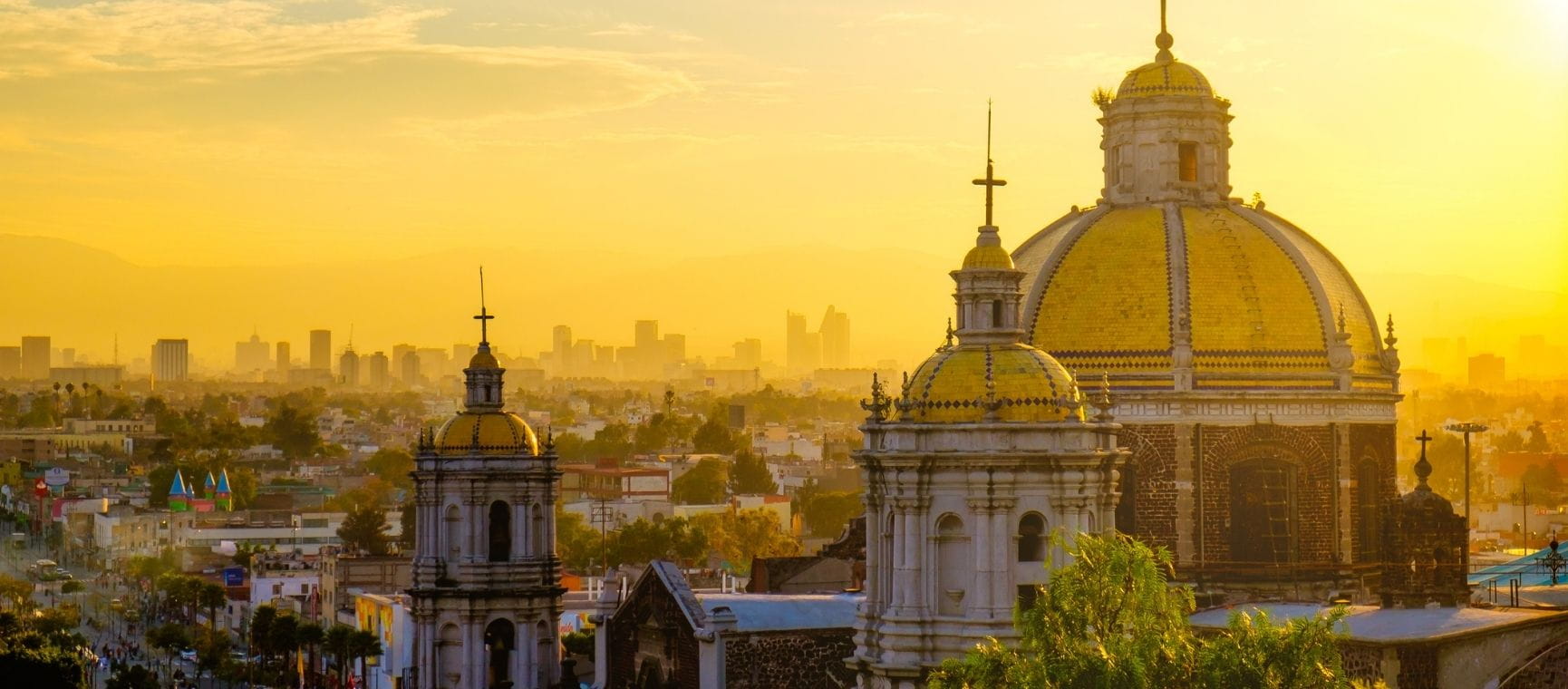
Mexico City is going to need a big cake, a lot of candles and perhaps a piñata or two, because 2025 is the capital’s 700th birthday.
When it first came into being in 1325, the settlement was named Tenochtitlán – the capital of the Aztec Empire. But 200 years later, Spanish forces razed the Aztec buildings to the ground and established a new Catholic city on top, renamed Ciudad de México in 1585.
The original Aztec settlers would be shocked to see the megalopolis their city has become.
With a population of 22.5 million, Mexico City is the country’s heartbeat, a melting pot of cultures where ancient and modern exist side by side. Where else could you find a pyramid jutting out amid the traffic and bustle of downtown?
Often overlooked by travellers who head to Mexico’s beach resorts, this is one of my favourite cities in the world – a feast of colour, music and flavour.
You can never be bored in Mexico City, where it’s warm and welcoming all year round.
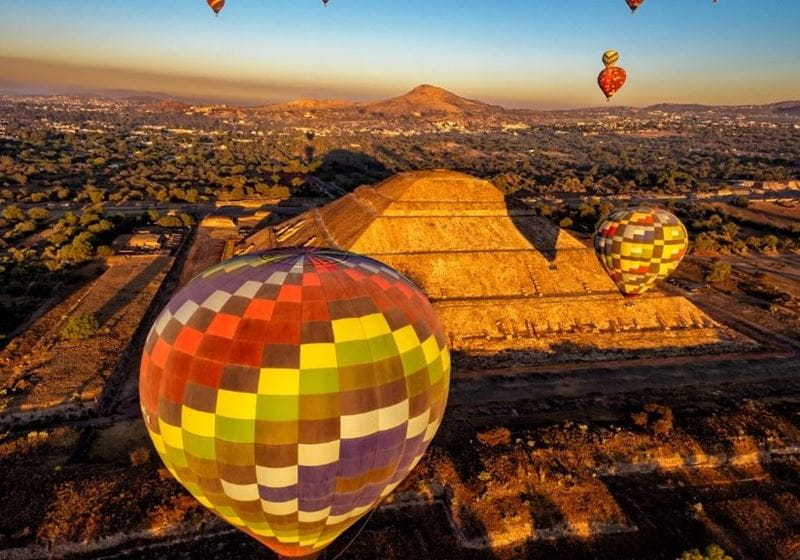
A short drive from the centre and best explored with a guided tour, Teotihuacán is a pre-Hispanic city built between the first and seventh centuries.
Its Aztec name means ‘the place where the gods were created’. It’s magical to stroll down the Avenue of the Dead amid the mountain-like constructions such as the Temple of Quetzalcoatl, and wonder what life was like for the Aztecs.
Feeling energetic? Climb the 70 metre-high Pyramid of the Sun for views over the ceremonial centre. The steep steps are uneven so ask a guide to join you. Or cheat with a hot air balloon ride!
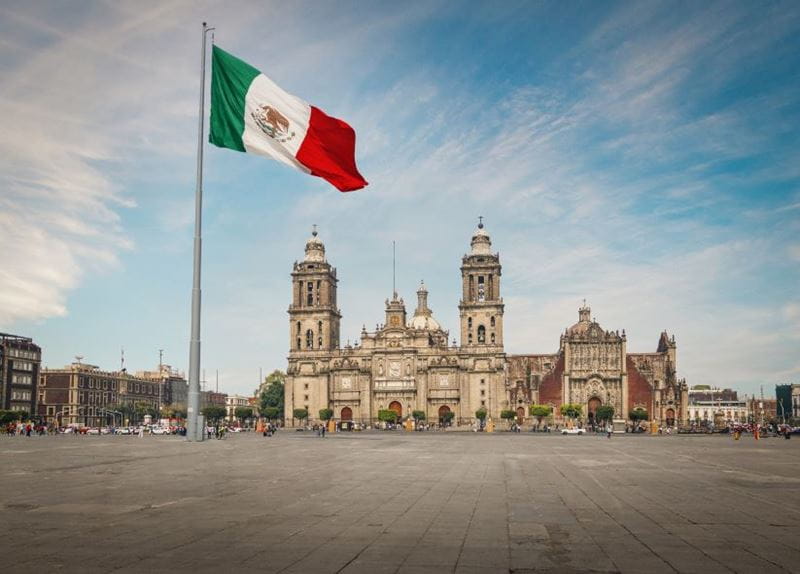
Officially called the Plaza de la Constitución, the square in the City’s historic downtown is better known as the Zócalo. An important gathering place since the time of the Aztecs, it’s still used for ceremonies – including the one celebrating Mexico’s independence from Spain in 1821. It also starred in the opening of the Bond film Spectre.
You can happily spend a day exploring. The pyramid and archaeological site Templo Mayor, one of Tenochtitlán’s most important temples, is just off the plaza. Its museum is crammed with skull masks, necklaces and figurines from across the centuries.
Next door is the Metropolitan Cathedral, the oldest and largest in Latin America. The Spanish started construction in 1573 – and finished it 250 years later. It holds gilded altars, elaborate chapels and a statue of a black Christ.
Make time to visit the nearby National Palace to take in Diego Rivera’s vivid mural The History of Mexico, which depicts figures from the artist Frida Kahlo to revolutionary hero Pancho Villa.
Downtown can be hectic. I like to get up above the honking cars and uniformed organeros (organ grinders) with a coffee in one of the Zócalo’s terraces, which look out over the plaza.
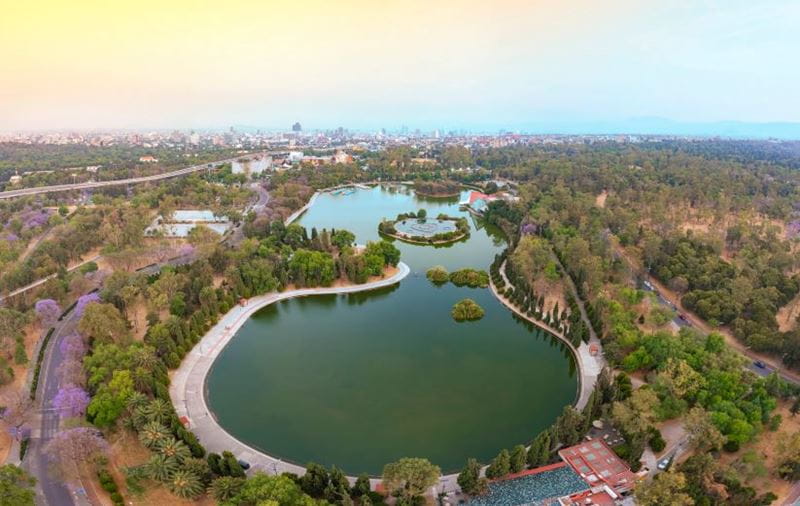
For a gentler pace, head to Chapultepec, one of the city’s largest parks. There’s a zoo and hilltop castle and the National Museum of Anthropology is unmissable. An array of artworks are on show, from a jade mask of the Zapotec bat god to the Sun Stone showing the Aztec calendar.
Also a must-see is the Blue House, or Frida Kahlo Museum, in Coyoacán, where the Mexican icon was born, worked and spent her last days in 1954. It sheds light on her ill health and tumultuous relationship with husband Diego Rivera.
Works by Kahlo and Rivera can be found at the Dolores Olmedo Museum, where blue peacocks parade across the lawns.
Art lovers should see The Two Fridas at the Museum of Modern Art. At the Palace of Fine Arts, walls are dominated by murals by Mexico’s Big Three: José Clemente Orozco, Rivera, and David Alfaro Siqueiros.

Mexico is known for its tequila and mariachi bands. You’ll find both on Plaza Garibaldi, where you can sit inside a cantina such as El Tenampa, listening to songs about love and national pride while sipping tequilas from extensive menus.
For music with a more sedate setting, venture to the south of the city, where brightly coloured boats ferry tourists around Xochimilco’s canals, as mariachi bands drift alongside to perform.
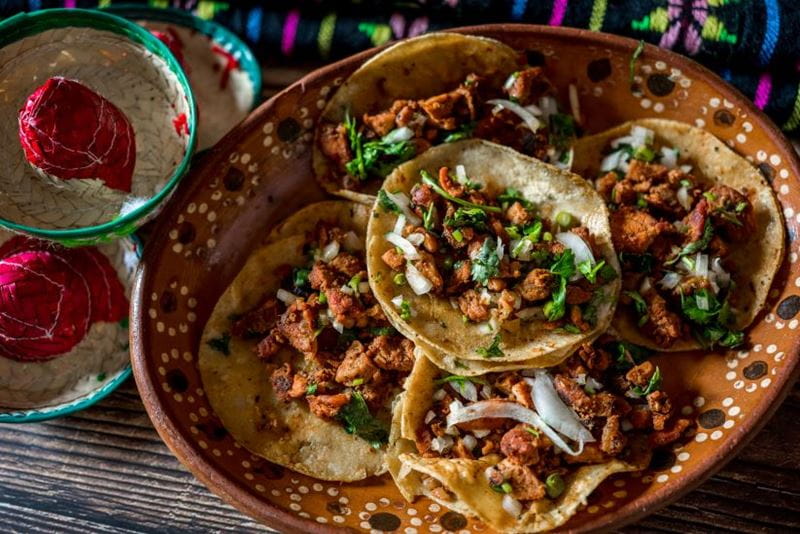
Mexico’s food is as vibrant as its art. The capital has 20 Michelin stars: acclaimed restaurants Pujol and Quintonil have two each, and Taqueria El Calífa de León – a stand specialising in tacos – in the San Rafael neighbourhood, has one.
You can find delicious food right across the city. My favourites include seafood restaurant Campobaja in Roma, which serves fish tacos and ceviche and has the feel of an authentic Baja California ‘fish camp’; and Guzina Oaxaca in Polanco, serving the cuisine of Oaxaca, including rich mole sauces (chocolate chilli).
For a down-to-earth experience, the mini kitchens at Coyoacán’s food markets serve antojitos (little cravings), including quesadillas, tamales and tostadas. Mexico’s under-appreciated food is more than just fiery chillies – but if a local says a salsa is muy picante (very spicy), beware.
Cocktail fan? At Licorería Limantour’s award-winning bars in Polanco or Roma, try a signature Margarita Al Pastor or, my personal favourite, the spicy Mezcal Stalk.
Just remember to raise a glass to Mexico City – and another 700 years…
Saga's Mexico Mayan Trail is a 16-day tour of Mexico, taking in jungles, ancient temples, colonial towns and more - including three nights in Mexico City.

Every issue of Saga Magazine is packed with inspirational real-life stories, exclusive celebrity interviews, brain-teasing puzzles and travel inspiration. Plus, expert advice on everything from health and finance to home improvements, to help you enjoy life to the full.
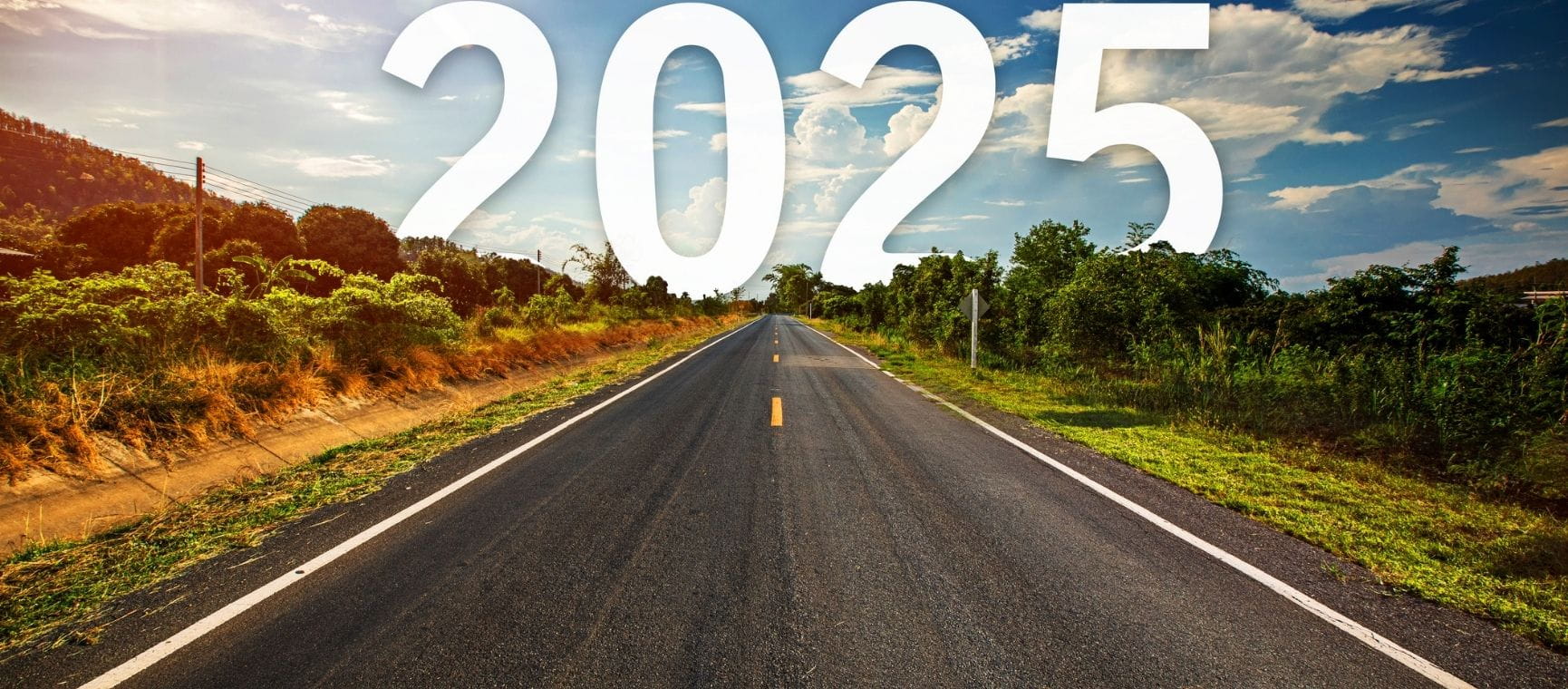
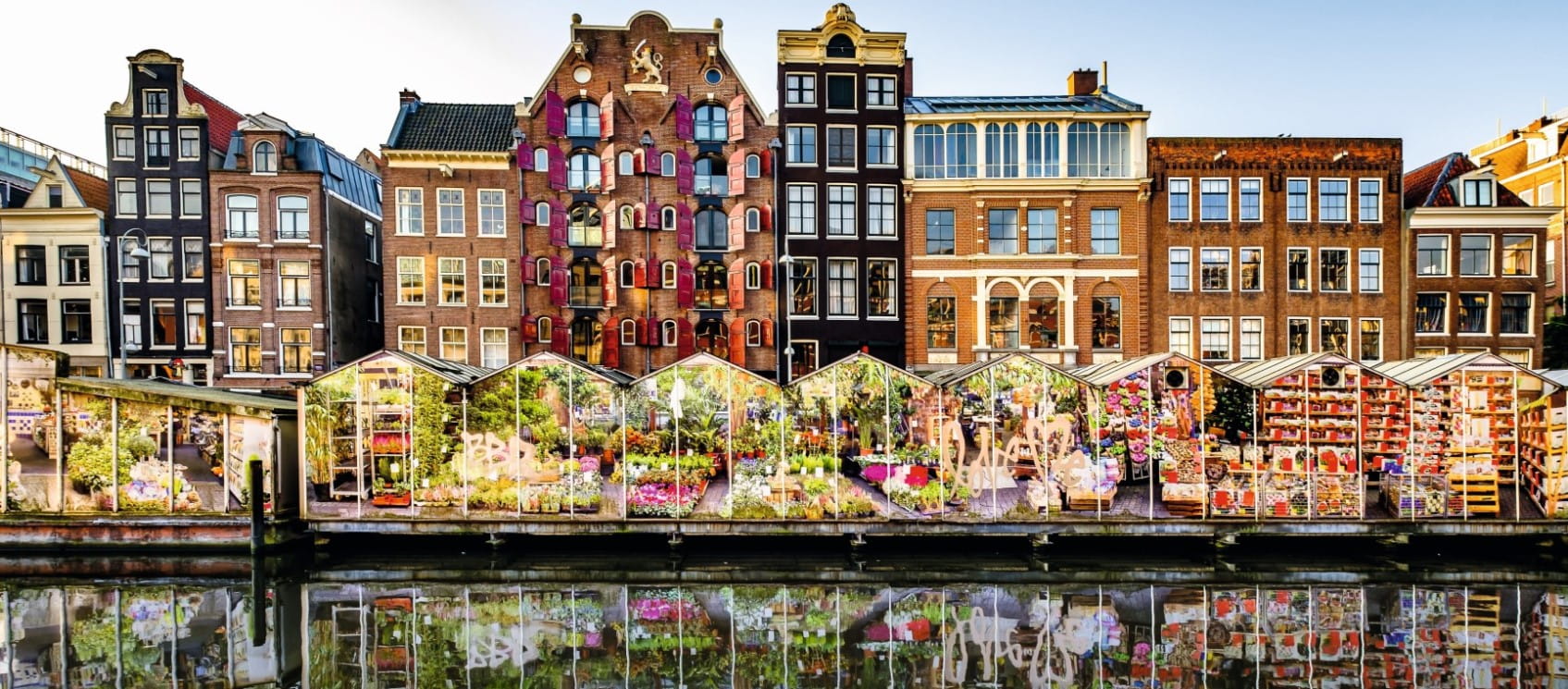
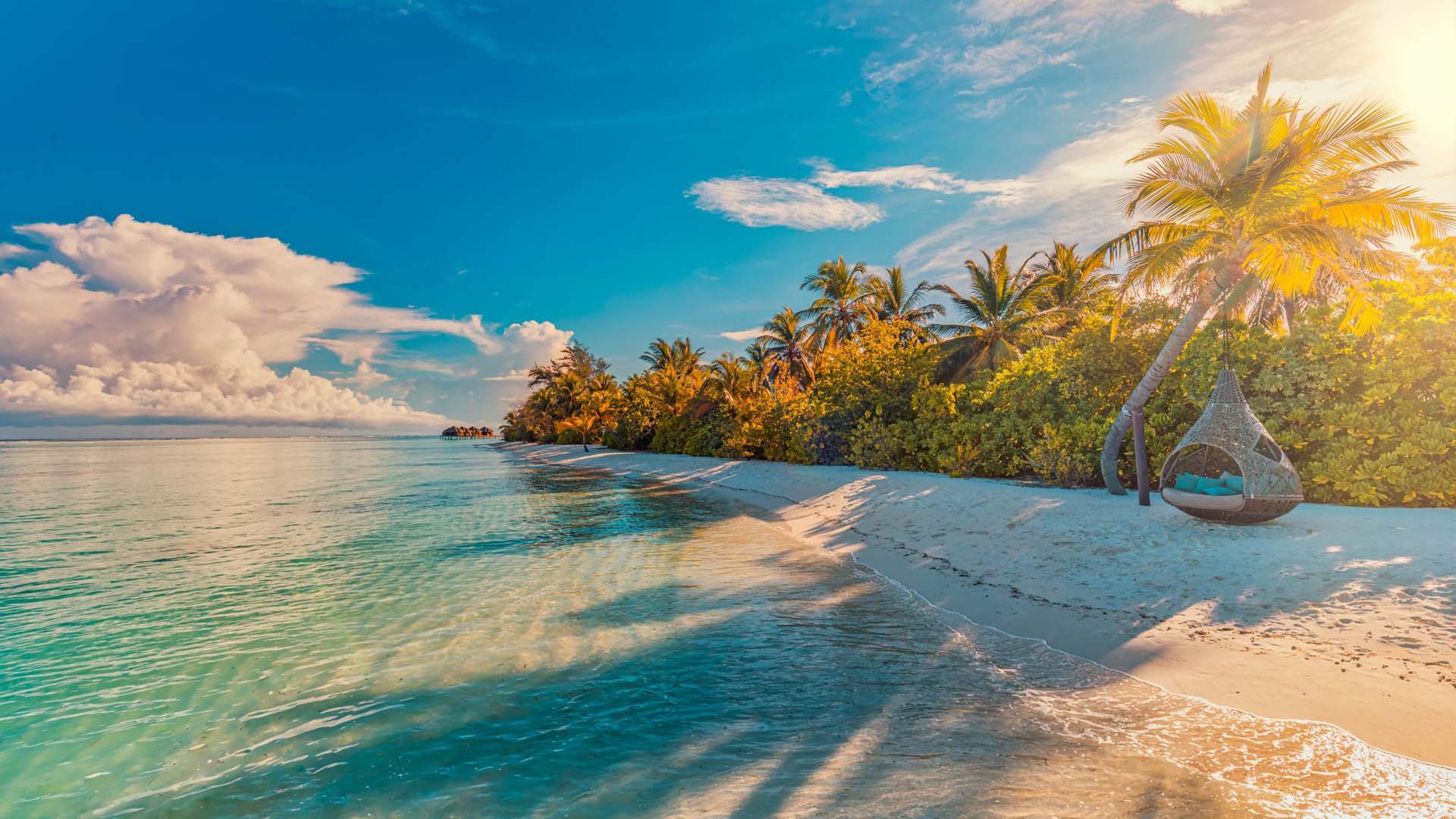
Whether your perfect beach holiday is just sun, sea and sand, or if you like a bit of sightseeing, shopping or snorkelling thrown in, one of these might be your ideal destination.
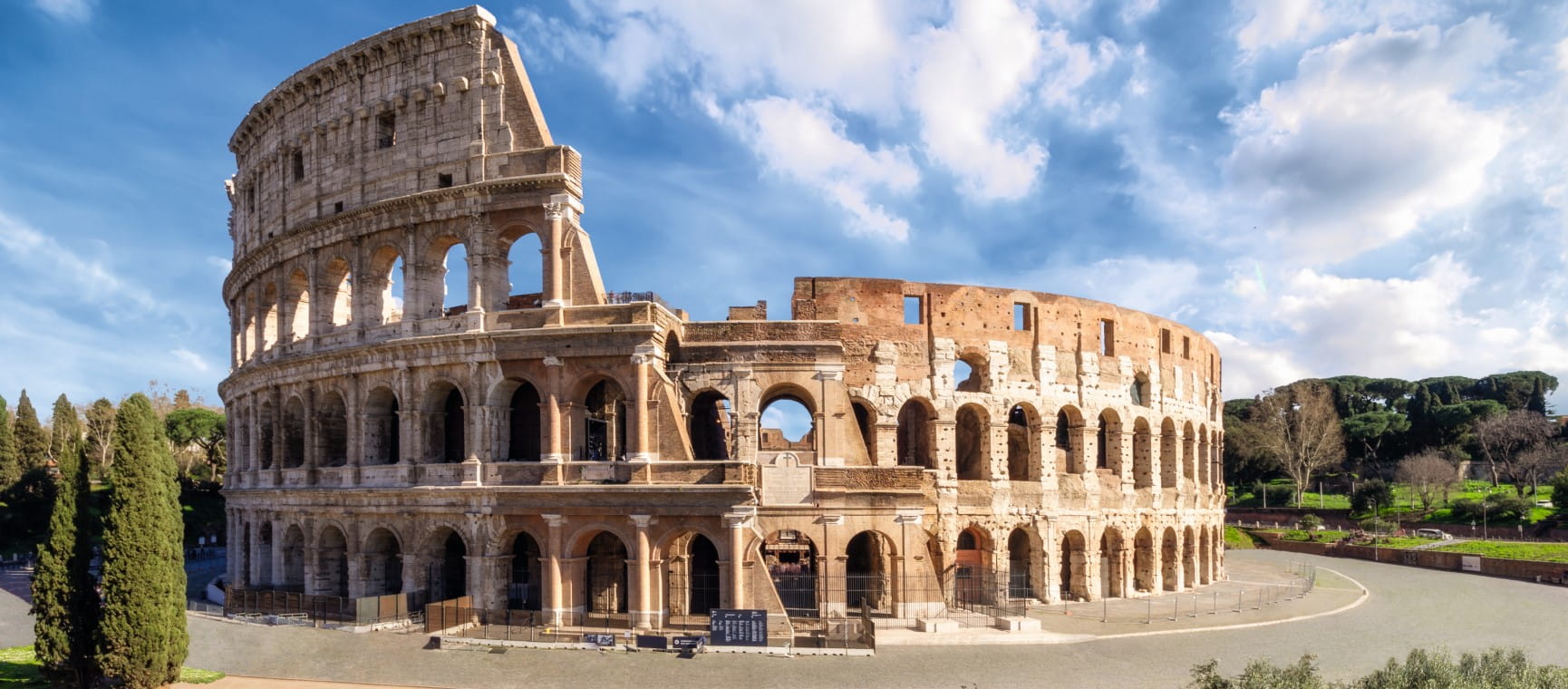
Jetting off to Italy’s ‘Eternal City’? We reveal the best places to visit in Rome, from ancient temples to al fresco dining with a view.
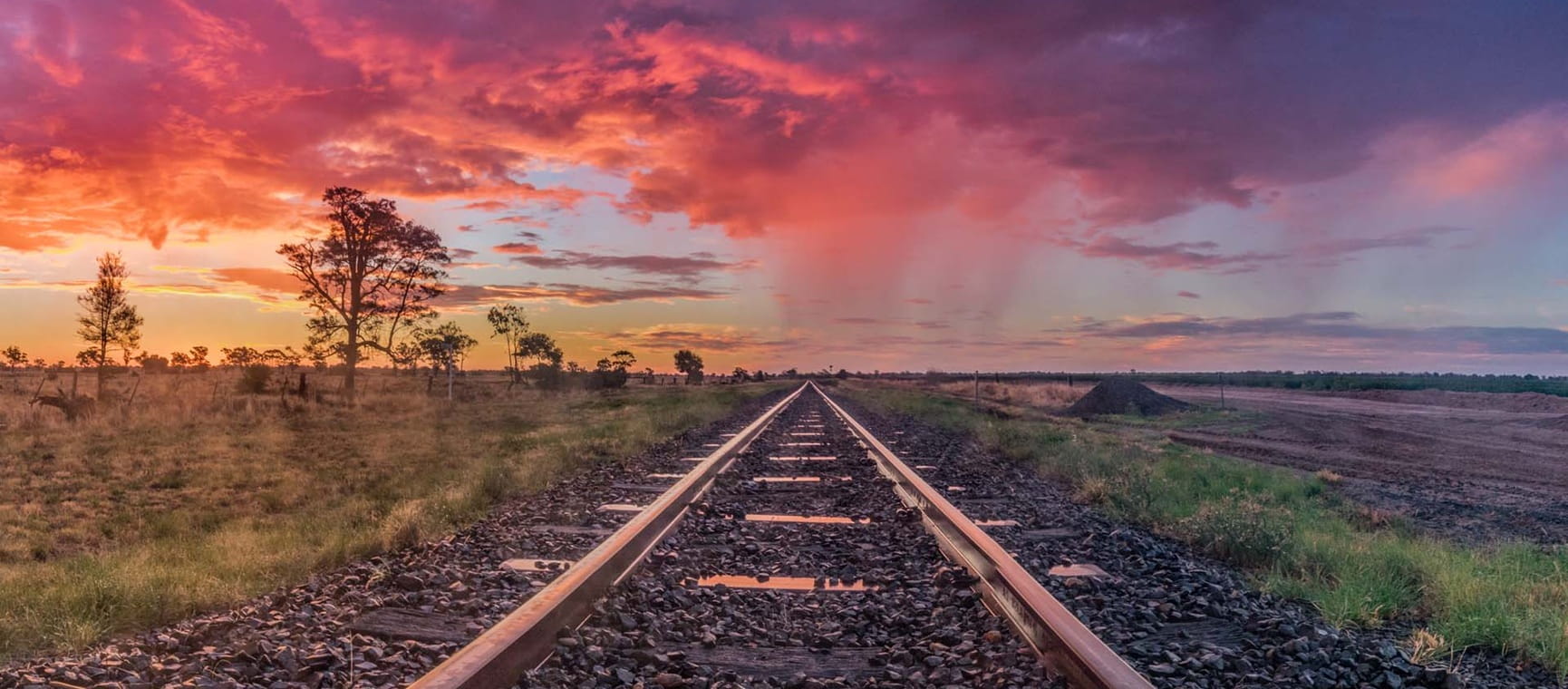

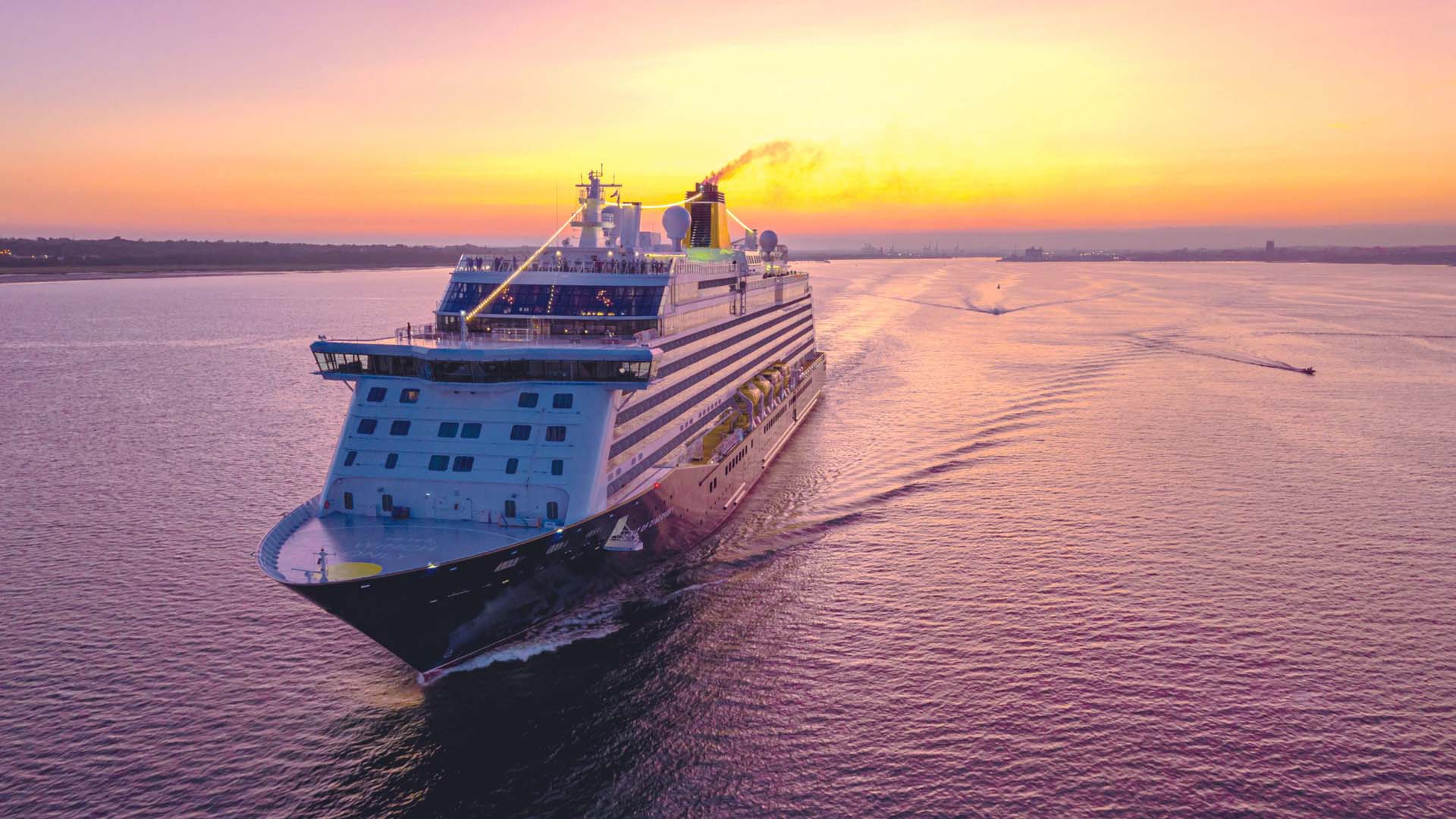
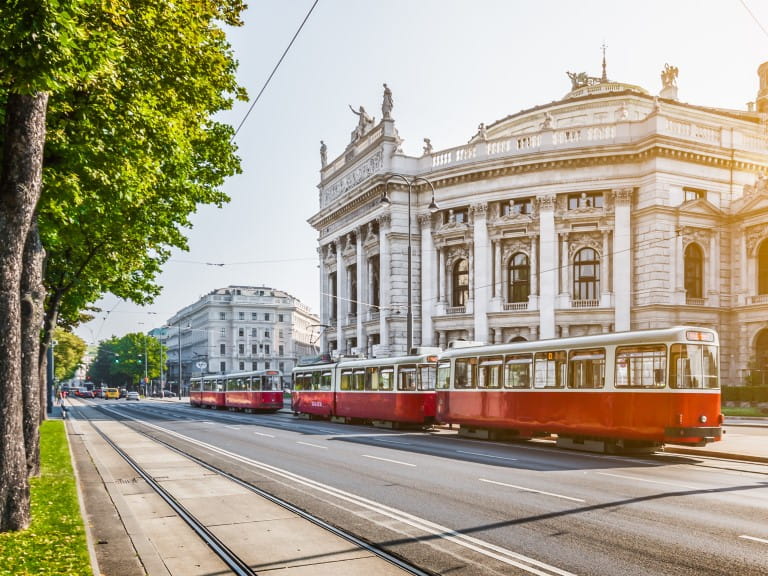
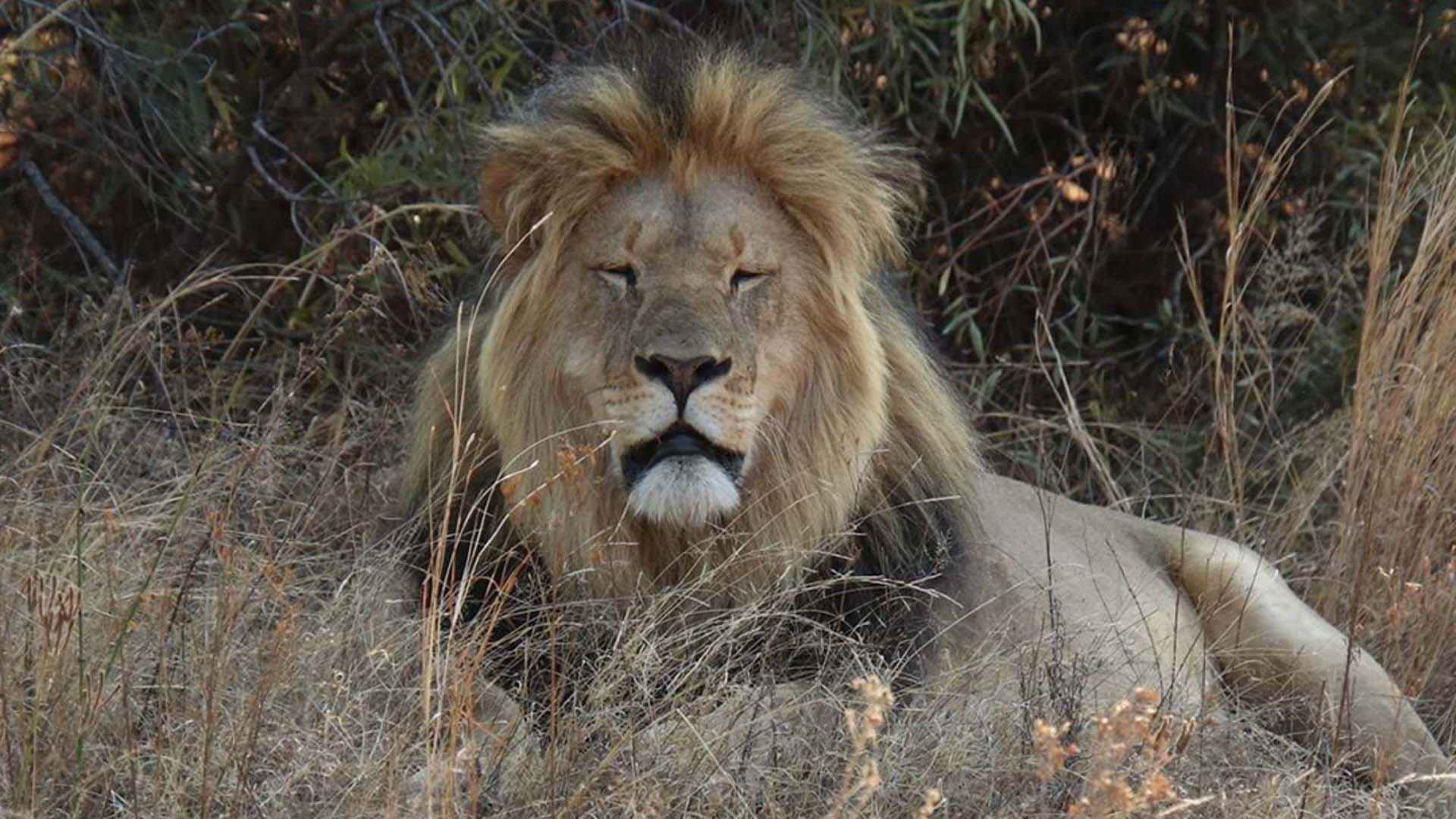
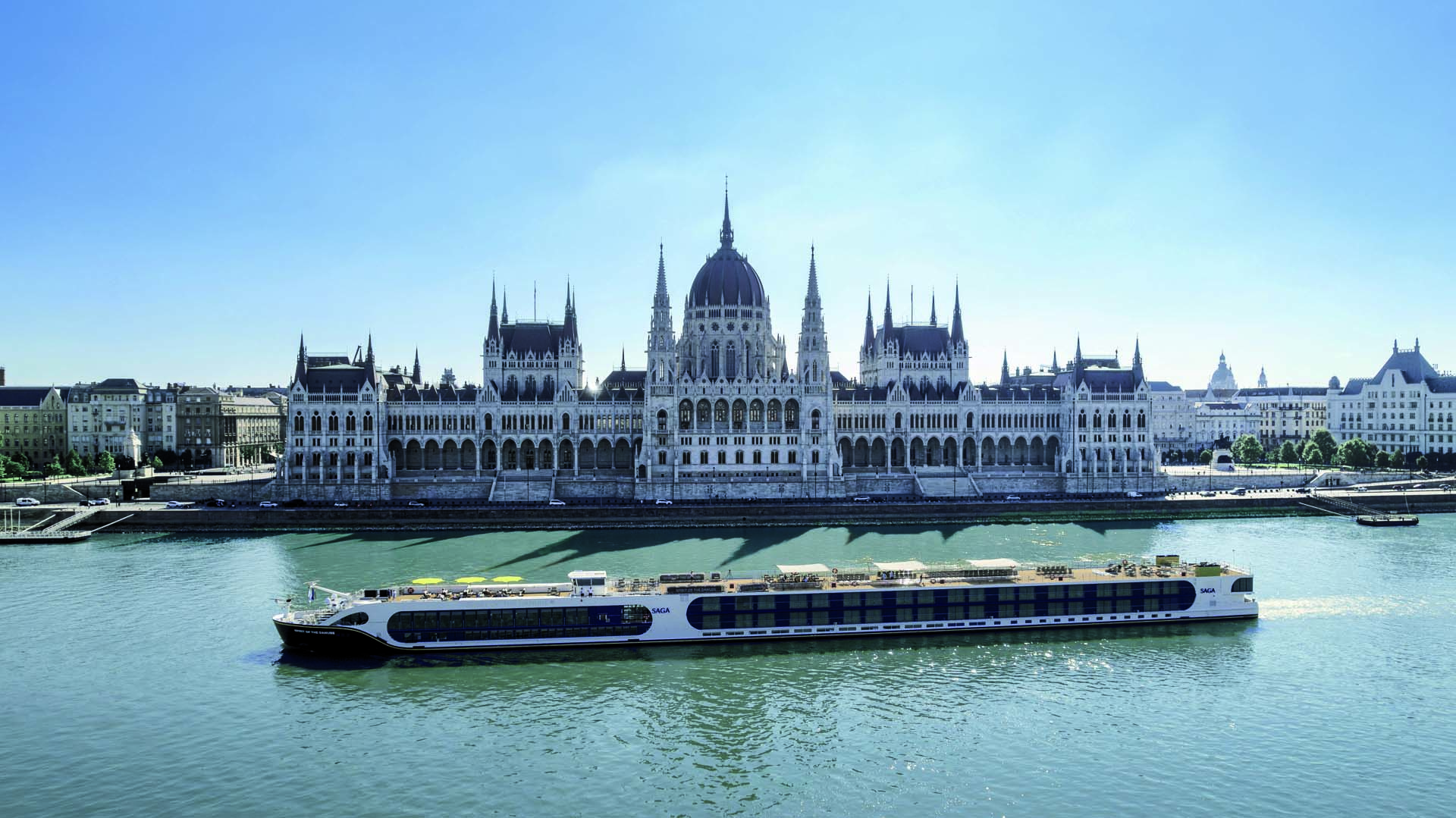
A different destination every day - why a river cruise could be your perfect summer holiday.
